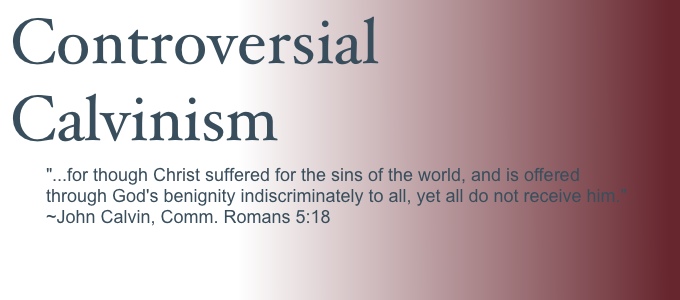This brief essay, the second in my series on Venn diagrams, is based on the work of W. V. Quine, Methods of Logic, 4th ed., and Irving M. Copi and Carl Cohen, Introduction to Logic, 10th ed. A categorical syllogism, in its classic form, contains three categorical statements (Quine) or propositions (Copi & Cohen). Two such statements constitute the premises -- a major premise and a minor premise -- and the third constitutes the conclusion.
A premise or conclusion will be in one of four forms: A (all F is G), I (some F is G), E (no F is G), or O (some F is not G). The traditional logical system built up labels for these premises with rules for proper inference, i.e. methods for constructing and evaluating arguments. The labels and rules may impress one as arcane and tedious, while Venn diagrams are simpler, much less tedious, and more enlightening. Venn diagrams do have their limits, but for most simple arguments they are a thing of beauty.
To represent the four types of categorical statements using Venn diagrams, we need two circles. The following statement is an A statement:
All oranges are citrus fruit.
We need a circle for oranges and another intersecting circle for citrus fruit. Like so:

To show that all oranges are citrus fruit, we need to shade the part of the oranges circle that falls outside the citrus fruit circle.

Remember from part I of this series that shading represents emptiness. So the diagram above shows that there are no oranges that are not citrus fruit. That is, the area of the oranges circle that falls outside the citrus fruit circle is empty. (As an interesting aside, the shape that is shaded in the above diagram was called a lune by Quine.)
Let's diagram a different kind of statement:
No apples are citrus fruit.
This is an E statement: No F is G. It is diagramed as follows:

The shape that we shaded here (Quine called the shape a lens) shows that the area of overlap between the apples circle and the citrus fruit circle is empty. That is, there are no apples that are citrus fruit (and, conversely, no citrus fruit are apples). The Venn diagram shows this relationship beautifully and automatically shows us the valid inference no citrus fruit are apples.
The third type of statement is the I statement: some F is G. A typical statement might be some basketball players are over 7 feet tall. For this statement, we would put a cross in the lens between the circle representing basketball players and the circle representing people over 7 feet tall.

The cross shows us that there is at least one basketball player who is over 7 feet tall. And we can automatically see the converse, that at least one person who is over 7 feet tall is a basketball player.
Finally, the O statement, some F is not G is represented by the following diagram:

Notice that we put the cross in the lune of the F circle to show that there is at least one F that is not also a G. A typical statement of this type might be some basketball players are not over 7 feet tall.
The next part in this series will show how a full categorical syllogism can be diagramed.




No comments:
Post a Comment